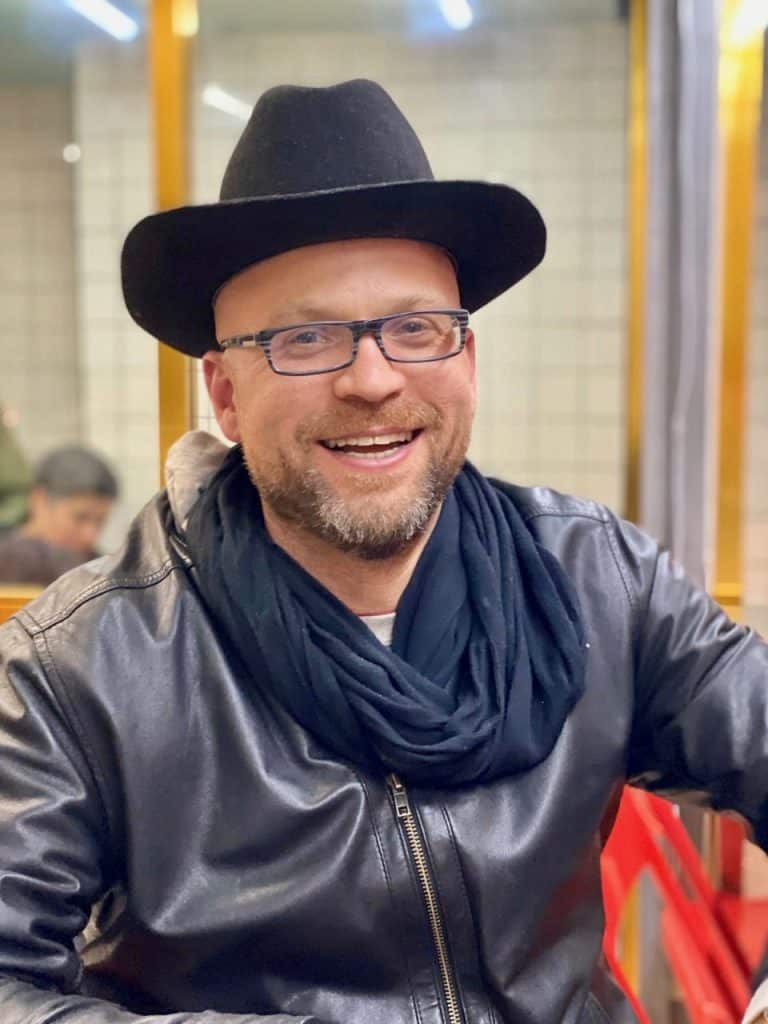A professor revisits standardized testing, immigration policy, and the salience of Paulo Freire in times of cultural war
“It’s a school behind a school.” “Es una escuela detrás de una escuela.” That was a dumb way to describe it,’ I thought to myself, even as our telephone conversation drew to a close. But there it was. The Adult ESL center where I had recently begun teaching G.E.D. classes in Spanish is, incontrovertibly, ‘a school behind a school.’ Describing it as such to a prospective student, however, disquieted me. Was I clear enough? Was the student actually going to show up tomorrow to hear me stumble through one of the four subjects of the General Educational Development Test in my second-hand Spanish?
History of the G.E.D.
Like so much of our history—the United States’ history, world history, even our personal histories—the G.E.D. can also be understood as a product of wartime. As education scholars Ethan L Hutt and Mitchell L. Stevens argue, one of the guiding questions that U.S. politicians asked themselves at the end of World War II was, “How would returning veterans, most of whom were without high school diplomas, be judged fit for college?” Other servicemen, having been so long in the trenches could not be asked to return to the classroom, sit next to 16- and 17-year-olds, and merely pick up where they had left off. The G.E.D provided returning soldiers with a clear-cut way of joining the workforce. As has been thoroughly documented, the creation of the G.E.D. was never free from debate.
The notion that education in the United States should be centralized—and with across-the-board standards—was a dicey proposition, especially given the authoritarian and ideologically charged schooling that Germany had witnessed under Nazi rule. Furthermore, the G.E.D was never imagined as an exact equivalent of four whole years of education across all subjects. Rather, it was meant to be a professional lifeline. Showing one’s aptitudes in the four G.E.D. subjects—mathematical reasoning, language arts, social studies, and science—over the course of a few hours (rather than during four years) proved an attractive venture to many. But two years after the end of armed conflict in 1947, New York state was the first to offer the G.E.D. to everyday citizens. It would take over twenty years before the exam would be offered in Spanish. Puerto Ricans were first offered the Spanish-language version in 1969, and today, most states offer the Spanish G.E.D. Just last year, Aztec Software debuted interactive digital content in Spanish to help students prepare for the exam in their mother tongue.
Recent Enthusiasm for the G.E.D.
In recent decades, enthusiasm for the G.E.D. among scholars and pedagogues has waned considerably, and the test has garnered a significant number of critics: they question the exam’s legitimacy, its multiple-choice format, as well as the exam’s ability to generate significant revenue for education content companies. In many ways, the exam offers—both literally and figuratively—more questions than it does answers.
- Is the exam meant to prove workforce readiness or college preparedness?
- Is the test too easy, too hard, or simply too expensive? Does merely offering the exam incentive students to drop out?
And most saliently:
- Can four years of one of the quintessential American experiences—the late-night study sessions, the after-school jobs, and the turnabout dances—be captured in an “equivalent” four-subject, standardized test?
Stepping into an Adult Education Center
Each of these questions weighed on me as I stepped into the classroom at the Adult Education Center for the first time. The school—again, tautologically located behind an elementary school—routinely offered ESL classes to immigrants from across the world: Europe, the Middle East, and Latin America. When funding was finally procured by the state, the back wing of an under-used elementary school was entrusted to adult education. I, in turn, had been offered the part-time position teaching the Spanish G.E.D. not because I am an expert in mathematics (I’m not) nor because I’m a science whiz (again, categorically no) but rather because of my language skills. I worked and continue to work at my full-time job as a Spanish professor at the local university in town.
- I accepted the position not because of financial necessity or expertise (per se) but mostly out of curiosity. What would it be like to return to high school in a language not my own?
- Would I come away with more faith in education?
- Would I have a deeper appreciation of my participation in the greater good that is the American experiment?
Finally, what would it be to teach a Spanish G.E.D. during times of culture wars—when Latinos in the United States have faced increased vilification, so much so that some scholars have suggestively coined the term “Trump-induced anxiety”?
This pressing question will be taken up in a future piece.


Dr. Kevin M. Anzzolin is both a lecturer of Spanish at Christopher Newport University as well as a part-time G.E.D. instructor. Since beginning teaching in 2001, he has taught at university, secondary, and elementary school levels. More information can be found here: https://cnu.academia.edu/KevinAnzzolin






